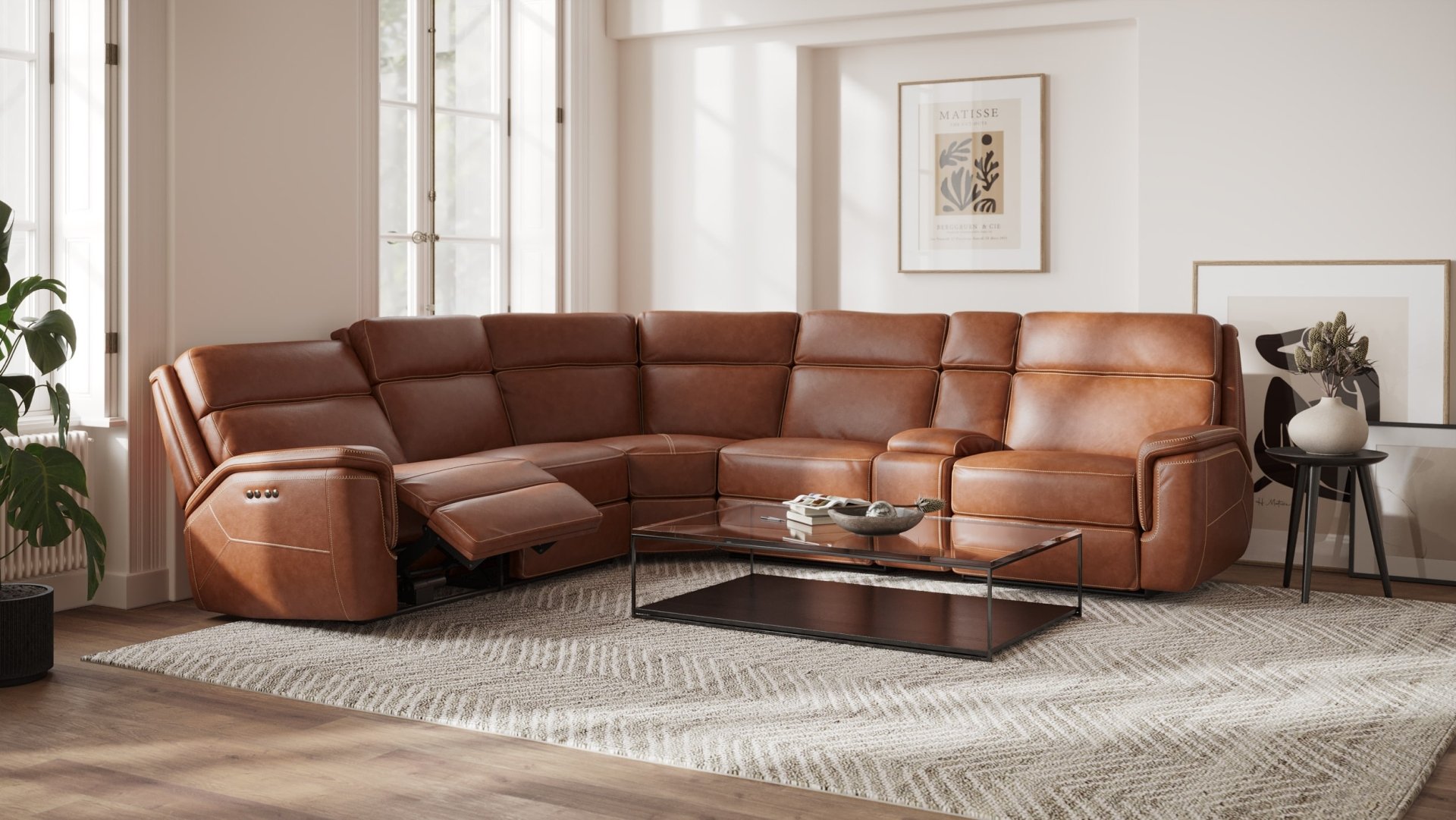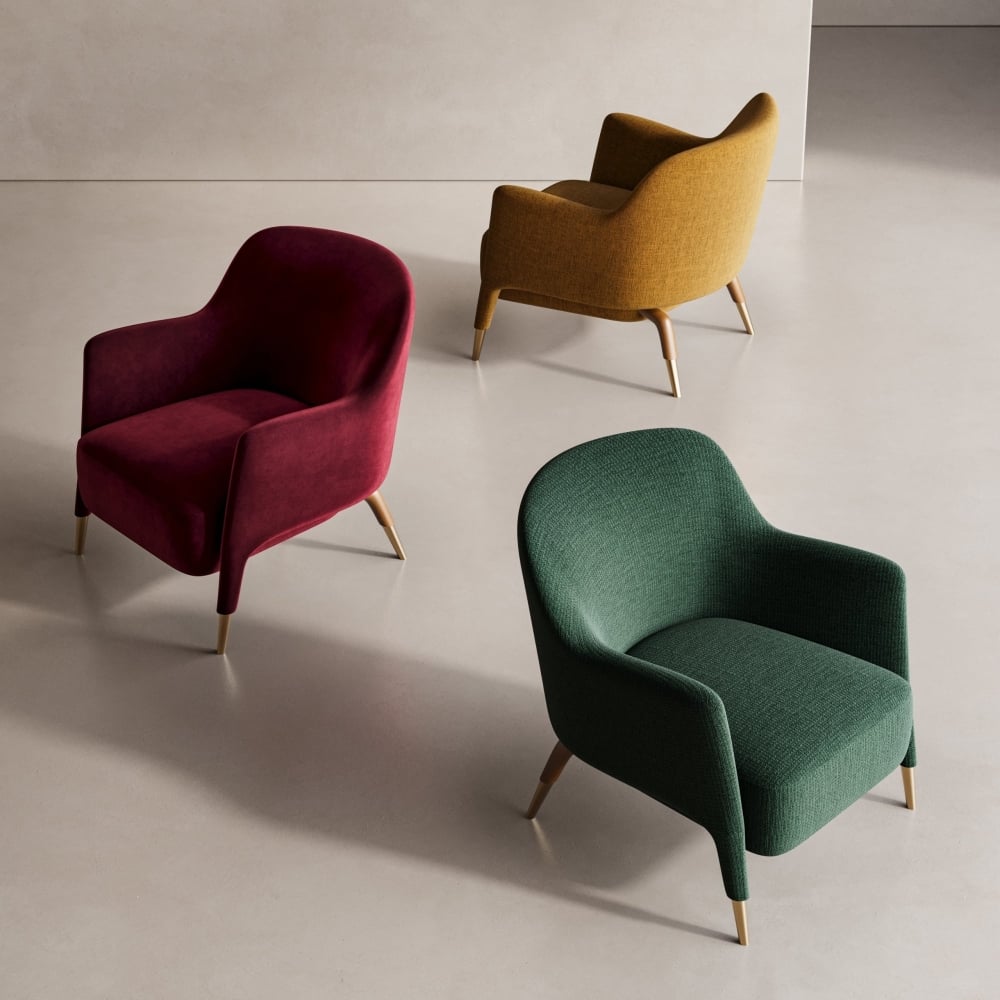Visual content ideas for products hold the power that can make all the difference in cutting through the social media “noise” and capturing the attention of potential customers.
We selected several content ideas, each meticulously designed to showcase your products in the most convincing light. With their help, every post on your social media feeds contributes to a more extensive narrative of quality, innovation, and desirability. From the hero shot that establishes your product’s presence to the storytelling visuals that weave your brand’s narrative, our guide is tailored to upgrade your visual SMM content and enhance engagement with your audience.
Prepare to transform your social media content with images that not only showcase your products but tell your brand’s story. These content ideas demonstrate your product’s superiority and connect with your audience on an emotional level.
Join us as our rendering company examines the six types of images that can revolutionize your social media content strategy and make your products shine!
#1. Incorporating Storytelling Through Product Concept Shots
Storytelling via imagery is a nuanced process that goes beyond showing a product: it applies a compelling narrative around it, creating a world in which the product naturally fits. Concept shots are one of the primary content ideas for products, drawing the audience into the lifestyle, feelings, and values the product conveys.
Each image should be a chapter in the product’s narrative, conveying a specific message or feeling. The narrative could be about the product’s root, the problem it solves, or the delight it brings to the brand’s customers. These product stories should resonate with the audience and give them a reason to care beyond the physical product. Here are some essential features of concept shots:
- The setting and mood of the image are as essential as the product itself. Using lighting, color palettes, and props to create an atmosphere that completes the narrative is a must. A warm glow for a homey feel or a bright, vibrant setting for an energetic theme can greatly enhance the storytelling.
- The best concept shots activate an emotional response. They should make the viewer feel something—comfort, aspiration, excitement, sentimentality. This emotional connection is what remakes a casual viewer into a potential customer.
- The story should feel authentic and genuine. Forced or artificial narratives can disengage customers. Whether the concept is aspirational or grounded, it should be conceivable and relatable.
- While each image tells its own story, there should be a constant thread that ties it back to the brand’s overall message and values. The narrative should strengthen what the brand stands for in the minds of the audience.
- High-quality visuals are non-negotiable. The design of each shot should be thoughtfully placed to guide the viewer’s eye to the product while also taking in the narrative elements of the scene.
By centering content marketing on storytelling and concept shots, companies can create a rich, multi-layered adventure for the audience. It’s about displaying how the product fits into the customer’s life and dreams. Through these visual narratives, the product becomes a protagonist in the customer’s own story, making these shots a powerful tool for converting interest into investment.
#2. Mastering the Hero Shot in Product Imagery
The hero shot is the centerpiece of any content ideas for products and their presentations. This image is meticulously composed to encapsulate the product’s most enticing features, making it stand out as the greatest choice among alternatives.
- The hero shot should place the product front and center, ensuring it’s the focal point of the image. The product should be captured from its most flattering angle, emphasizing its design and features.
- While the product stays the superstar, placing it in a relevant context can enhance its appeal. The setting or props should complete the product and help bring its intended use or lifestyle association.
- The hero shot should tell a story and stimulate an emotional response. It should exceed mere product display and resonate with the viewers’ desires, aspirations, or experiences.
A thriving hero shot not only showcases the product but also ignites the imagination of consumers, allowing them to envision the product in their lives. It’s this decisive bond that can turn interest into action, making the hero shot a pivotal piece of content marketing for product-based businesses.
#3. Elevating Promotional Video Content for Product-Based Businesses
Promotional video content ideas for products are exceptionally adept at bringing the nuanced qualities of products to life. 3D animated videos can dissect a product, reveal its inner workings, and simulate its use in various scenarios. All of these qualities offer a comprehensive understanding of the product’s features and benefits. This level of detail and clarity makes 3D animated videos an invaluable asset in any promotional campaign.
Utilizing 3D animated product videos, also helps brands create a multi-dimensional sensory experience, enveloping the audience in a world that is both visually stunning and audibly rich. The incorporation of music, voiceovers, and visual effects in post-production can evoke a spectrum of emotions, ranging from delight to trust and confidence.
Promotional videos simplify the learning process about the product, highlighting its practical applications and real-world benefits. This feature makes promotional videos an optimal choice for delivering content that is both persuasive and memorable. By presenting the product’s functionality and benefits in a dynamic format, these videos convert the often-mundane process of product education into an engaging and enlightening experience.
#4. Highlighting Product Features in Visual Content
Product feature videos can enormously affect a client’s familiarity and perception of the item’s value. That kind of content ideas for products should strive to define the unique or innovative aspects of your goods, providing shoppers with clear insight into why they stand out in the market.
Feature 3D animations often employ zoom-in shots to focus on the product’s specialized components or intricate details. These close-ups can reveal the texture, quality of materials, and fine craftsmanship that might not be visible in a standard product shot.
Such videos are focused on the product’s features and advantages. The visuals should be visually engaging and easy to understand, breaking down complex information into digestible shots that highlight the product’s benefits.
CG product animation should also show the product in action, highlighting how its features work in real life.
#5. Showcasing Color Variation in Content for Products
When it comes to e-commerce, the visual representation of a product’s color spectrum is pivotal. It’s not simply about listing the available shades but about presenting them in a way that highlights their vibrancy and how they interact with textures and forms. Product images that display the full spectrum of colors and patterns provide customers with a richer sense of what they’re purchasing. That’s when colorways product shots come into play.
- Colorways ensure that the colors displayed in the images are true to life. Inconsistent colors due to poor lighting or editing can mislead customers and result in dissatisfaction. Incorporating consistent lighting conditions and color-correcting images can maintain color accuracy.
- Colors can look vastly different depending on the product material. An image of a velvet pillow in emerald green will look different from a silk one. Showing how textures affect color appearance can help customers make more informed choices.
- When patterns are involved, high-definition images can showcase how colors interact within these designs. Close-ups of design patterns, whether geometric, floral, or abstract, can indicate how the colors complement or contrast with each other.
- Displaying products in various colors within a contextual setting can assist customers in visualizing the item in their own space. For instance, a lamp in different shades can be shown in a living room setting to demonstrate how it complements different sets.
Using colorway renderings is a brilliant content idea for products. Such images help customers to choose between colors and explore the product’s aesthetic dynamically and engagingly, which leads to increased sales and lower returns rates.
#6. Demonstrating Material Quality and Product Craftsmanship in Product Visuals
High-quality images that focus on the materials and craftsmanship of your product can convey a sense of luxury, durability, or uniqueness.
- A close-up shot of a fabric’s texture or a material’s fine details can speak volumes about the quality of a product. For example, the weave of a linen sofa cover, or the gloss of a ceramic vase can all be effectively showcased through high-resolution images that allow the customer to virtually ‘feel’ the product.
- Cutout views in imagery are informative in regard to product quality and inner structure, especially when showcasing the layers or components that make up a product. For instance, a cutout view of a mattress can display its various layers, revealing the comfort and support each layer offers. This method provides a deeper understanding of the product’s internal quality, not just its external appearance.
- Another type of visual content is exploded views which are particularly effective in revealing the assembly and individual components of a product. This view can be priceless for products whose design and assembly play a critical role in functionality. For example, an exploded view of a mechanical watch can showcase the intricate internal mechanics, highlighting the precision and expertise involved in its creation.
All three types of visuals can instill more trust in your brand in potential buyers. By submitting a transparent look at a product’s internal structure or the quality of its materials, customers can make more informed decisions, relishing the craftsmanship and thought that went into the product’s design.
We invite you to utilize the full potential of these six types of content ideas for products. They’re not just tools but the building blocks of a powerful brand presence on social media that can elevate your products from mere commodities to unforgettable experiences.
Explore our 3D rendering services and let your products shine in the limelight they deserve. With the right visuals, your brand’s story becomes not just told but experienced, remembered, and cherished. Contact us now!







Leave a Reply
Want to join the discussion?Feel free to contribute!